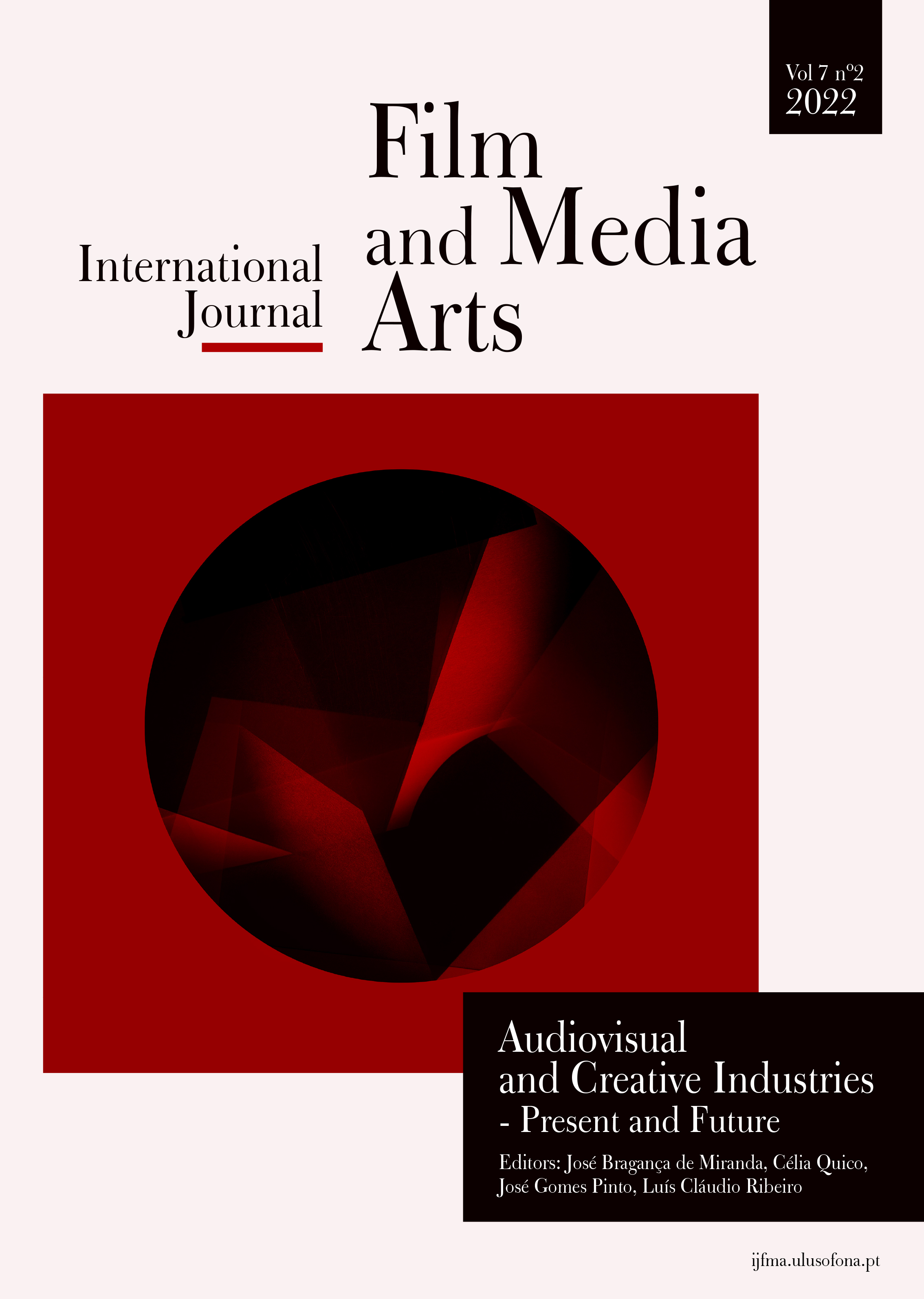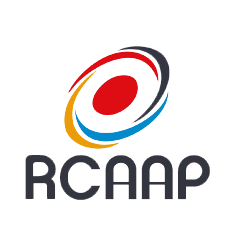La Colorimetría Cinematográfica Aplicada A Los Nuevos Formatos Periodísticos Televisivos: El Caso del Programa Español Lo de Évole
Cinematographic Colorimetry Applied to New Television Journalistic Formats: The Case of the Spanish Program Lo de Évole
Abstract
ES
Con la irrupción de las multipantallas que ha supuesto la era Netflix, buena parte de las viejas fórmulas visuales, en especial las televisivas y reporteriles, han quedado desfasadas. Ello es especialmente observable en los formatos televisivos fuertemente
vinculados al periodismo reporteril, como Españoles por el mundo, Callejeros viajeros y otros. En los últimos años ya se percibía una tendencia de adaptación de los códigos cinematográficos a los productos televisivos, pero la pandemia de la Covid-19 y la prohibición de exhibición en sala en los cines de todo el mundo, ha precipitado un cambio de modelo de consumo. Este artículo presenta una investigación sobre un elemento nuclear: la colorimetría cinematográfica utilizada en programas periodísticos de televisión, en concreto, a uno de los programas periodísticos más vistos de la televisión española: Lo de Évole.
EN
With the irruption of multi-screens that the Netflix era has brought about, a good part of the old visual formulas, especially television and reporter ones, have become outdated. This is especially observable in television formats strongly linked to reporter journalism, such as Spaniards around the world, Street travelers and others. In recent years, a trend of adaptation of cinematographic codes to television products has already been perceived, but the Covid-19 pandemic and the ban on theatrical exhibition in cinemas around the world has precipitated a change in the model of consumption. This article presents an investigation on a nuclear element: the cinematographic colorimetry used in journalistic television programs, specifically, one of the most watched journalistic programs on Spanish television: Lo de Évole.
Copyright (c) 2022 International Journal of Film and Media Arts

This work is licensed under a Creative Commons Attribution-NonCommercial 4.0 International License.











